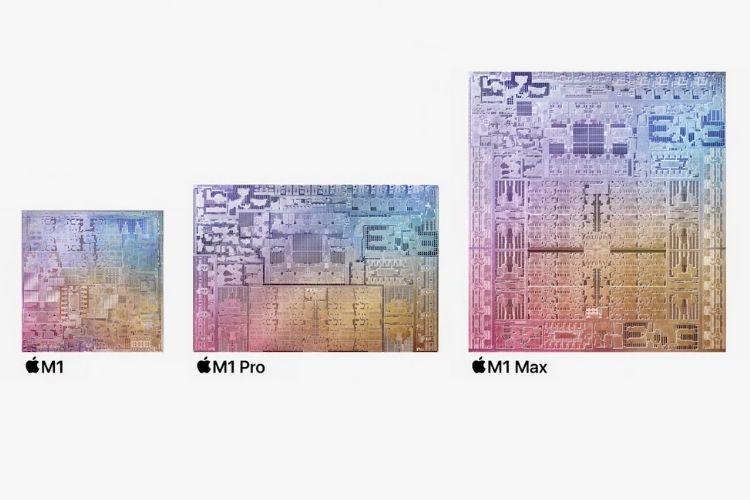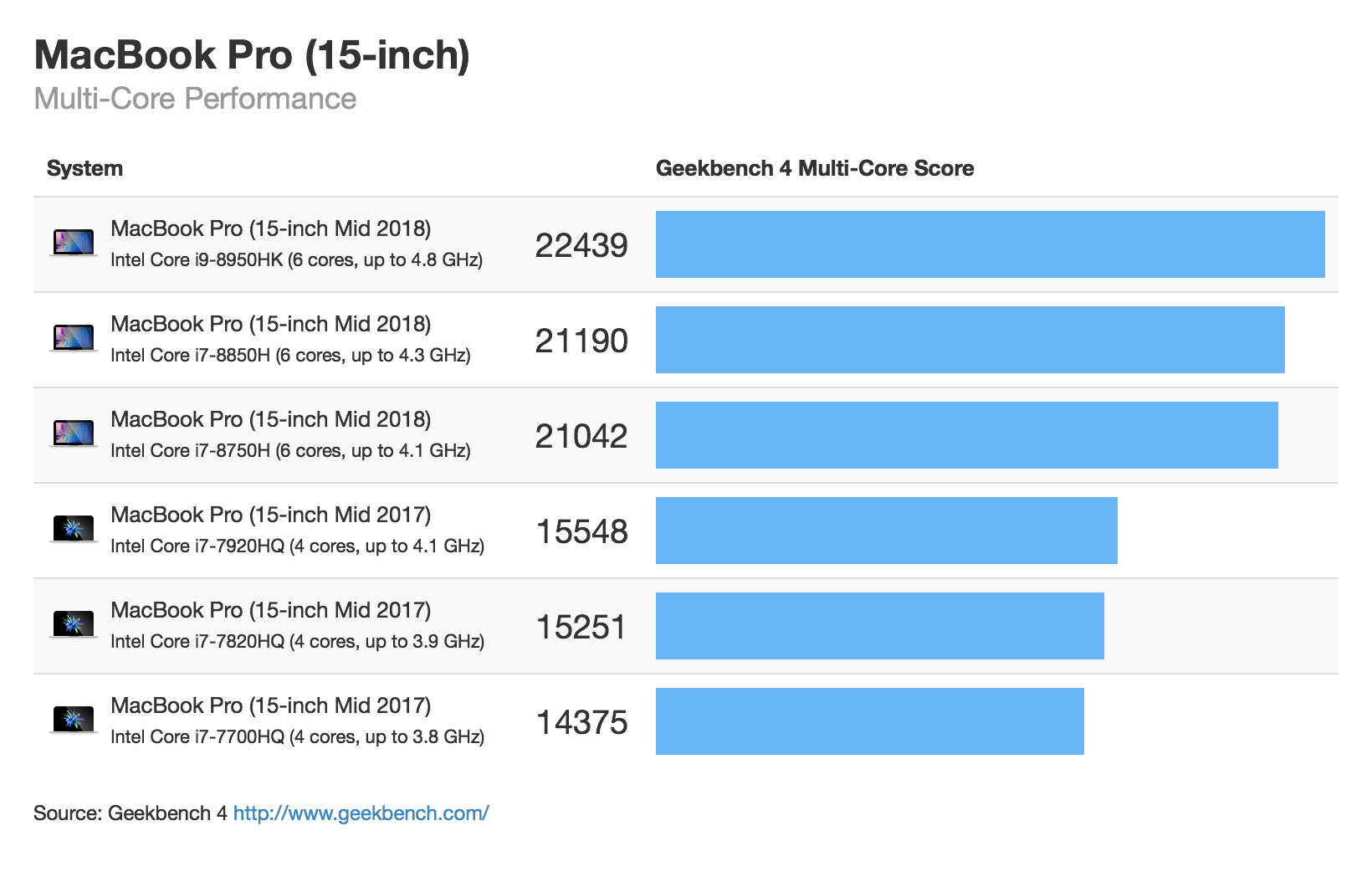

- Macbook pro gpu comparisons 1080p#
- Macbook pro gpu comparisons upgrade#
- Macbook pro gpu comparisons mac#
The eight-core, 16-thread chip has a base clock speed of 2.5Ghz, rising to 4.9GHz under Turbo Boost. The Blade configuration used by Apple has the Intel Core i9-11900H, an 11th-generation Tiger Lake chip from Q2 2021. Both can deal with H.264, HEVC, ProRes, and ProRes RAW encoding and decoding, but the M1 Max has two video encode engines and two ProRes encode and decode engines over the M1 Pro's version.
Macbook pro gpu comparisons upgrade#
You can also have more memory on the Max, as the M1 Pro starts at 16GB with a 32GB option, while the M1 Max starts at 32GB with a 64GB upgrade available.Īnother difference is the Media Engine, a new addition that handles video encoding and decoding tasks in an efficient way. The two versions are practically identical CPU-wise in their construction, but there are some other differences that can affect performance.įor example, the Fabric in M1 Pro has a memory bandwidth of up to 200GB/s, whereas the M1 Max has double at 400GB/s. The new 16-inch MacBook Pro uses the M1 Pro and M1 Max, versions with 10-cores consisting of two efficiency cores and eight high-performance cores. While it eats into the menu bar, macOS does push full-screen content to below the notch itself, effectively using the same space as a 16-inch display.ġ6-inch MacBook Pro vs Razer Blade 15 Advanced - CPU Performance The Blade does, however, benefit from being a touchscreen, an often clamored-for technology by some MacBook Pro users that has simply failed to make it onto the Mac.Īpple's screen is slightly hindered by the inclusion of a notch in the middle of the top edge, which cuts into the display.
Macbook pro gpu comparisons 1080p#
The refresh rate for the Blade is just 60Hz, which is fairly standard, though while it falls short of Apple's display, it even fades behind alternate Blade configurations, such as a 360Hz 1080p screen, or a 240Hz QHD display. The OLED panel on the 4K Blade 15 Advanced is also a touchscreen. The company does say the Blade's screen has 100% coverage of the DCI-P3 color space, HDR support, individual factory calibration, and a 1ms response time. Razer has not specified what the contrast or brightness of the display are, but it's safe to expect the OLED panel to be bright and high quality in its own right. Razer's display in this particular notebook is an OLED panel, which can result in a brighter image with extremely high contrast ratios and color representation versus typical LED-backlit LCD screens. It also includes Wide Color (P3), True Tone, ProMotion support, and a 1,000,000:1 contrast ratio. There's a competing of technologies as well, with Apple choosing to use Mini LED for its backlighting, giving the MacBook Pro high levels of brightness at 1,000 nits fullscreen, 1,600 nits at peak. Razer's screen in this configuration is a 4K panel with a resolution of 3,840 by 2,160, and a higher pixel density at 282ppi.

The obvious one is the display size, with Razer opting for a 15.6-inch screen while Apple uses a 16.2-inch version.Īpple's display has a resolution of 3,456 by 2,234 pixels, which gives it a pixel density of 254 pixels per inch. This was touched upon earlier, but the two notebooks have quite different screens, in a large number of ways. Meanwhile, the Blade is a bit lighter at 4.4 pounds.ġ6-inch MacBook Pro vs Razer Blade 15 Advanced - Display

On the weight side, Apple loses out a little bit here, in that the 16-inch MacBook Pro is either 4.7 pounds or 4.8 pounds, depending on whether you go for the M1 Pro or M1 Max. Razer includes a smaller display, but one with a higher pixel density than the 16-inch MacBook Pro It's a well-known and strong design that makes it instantly recognizable to onlookers.
Macbook pro gpu comparisons mac#
The MacBook Pro uses an aluminum shell in a pair of Apple's traditional Mac color options, namely Silver and Space Gray. Six speakers with force-cancelling woofers, Dolby Atmosġ6-inch MacBook Pro vs Razer Blade 15 Advanced - Physical Dimensions 2 USB-C 3.2 Gen 2 with 15W Power Delivery


 0 kommentar(er)
0 kommentar(er)
